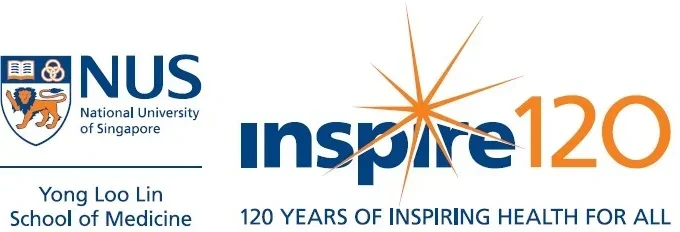3a. Group Model Building.
In the development of policy-relevant analysis, we have concluded that analyses that are most likely to promote positive change require stakeholder engagement plus the development of a common representation of the cause and effect relationships between health conditions/states, actions, and outcomes. Group model building promotes: (1) a systems perspective, (2) a framework to promote communication between researchers, and between researchers and stakeholders including patients, providers, and policy makers, and (3) the framework for generation of a formal simulation model that can be used to examine high leverage targets to improve desirable outcomes, and evaluation of the impact of specific tests (Theme 2) and treatment strategies (Theme 1).
3b. Simulation model development.
We will develop a population-level model using Vensim Software (Harvard, MA) based on the conceptual model developed in Group Model Building (3a). The model will be general purpose, to respond to a range of clinical and policy actions, generating a range of decision relevant outputs, including survival, quality adjusted survival, survival free of major disability, societal costs, health system costs, and out of pocket costs. This will use standard methods of System Dynamics Modeling, aggregate level differential equation-based simulations for model development, calibration, and validation. 3c. Application of the simulation model to evaluation of results from other themes. The model will be constructed to specifically include inputs corresponding to the trial in Theme 1 and the tests developed in Theme 2. These evaluations will generate estimates of decision relevant metrics, accounting for uncertainty through the use of probabilistic methods.
